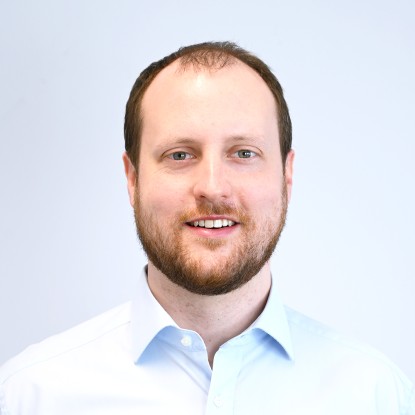Dr.-Ing. Johannes Emmert
Working area(s)
Contact
Introduction / Motivation:
The current demand for optimization of different processes and systems for higher efficiencies and lower emissions asks for a deeper understanding of those processes. Many of these processes are gas phase processes. Therefore measurement methods that allow for the determination of temperature, pressure and species concentrations are an important tool in order to gain a deeper understanding of those processes. But the applicability of those measurement methods is dependent on different properties of the method: robustness, needed process access, influence on the process, precision, time resolution and spatial resolution. While there are measurement methods, that achieve high time and spatial resolution without influencing the actual process, these methods usually demand a good accessibility of the process and demand very sensitive equipement. Therefore these methods are not suited for the industrial application. On the other hand many methods commonly applied in the industry either influence the process or do not allow for an measurement of the spatial distribution in high time resolution. Therefore a robust measurement method that facilitates the influence-free determination of temperature, pressure and species distributions at high time resolution is an important tool for industrial research.
Method and Theory:
Absorption Spectroscopic methods like tunable diode laser absorption spectroscopy and super continuum laser absorption spectroscopy (SCLAS) allow for the robust, high speed, precise and influence-free determination of species concentrations, temperatures and pressures. Albeit these methods measure integrally along beam paths and therefore do not allow for the measurement of spatial distributions. This drawback can be compensated by incorporating tomographic reconstruction methods. Tomography allows for the reconstruction of spatial distrubutions from integrating measurements along several measurement beams inside the measurement area. Therefore the combination of absorption spectroscopy and tomographic reconstruction can be combined to achieve the desired abilities. The challenges involve theoretical apsects as the solving of the resulting nonlinear tomographic reconstructions as well as experimental aspects like the incorporation of new measurement methods like SCLAS. The resulting methods are applied to various reacting flow processes.


